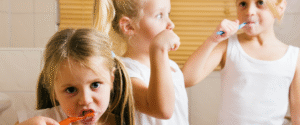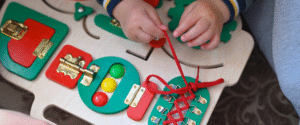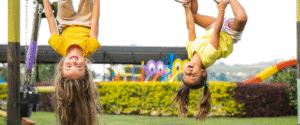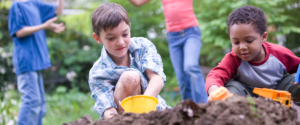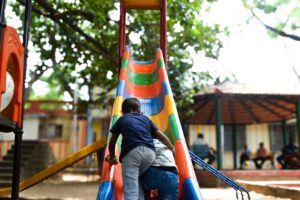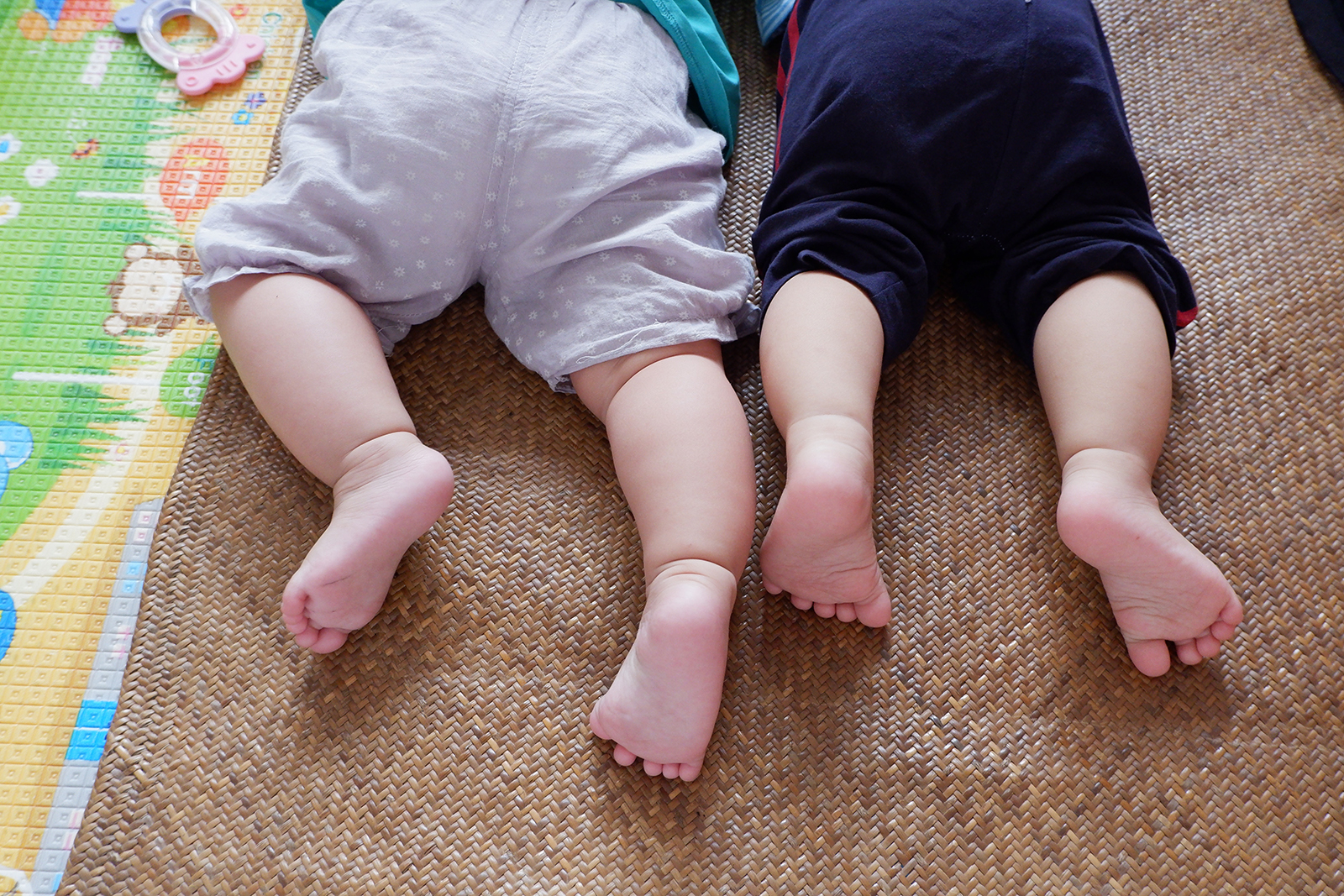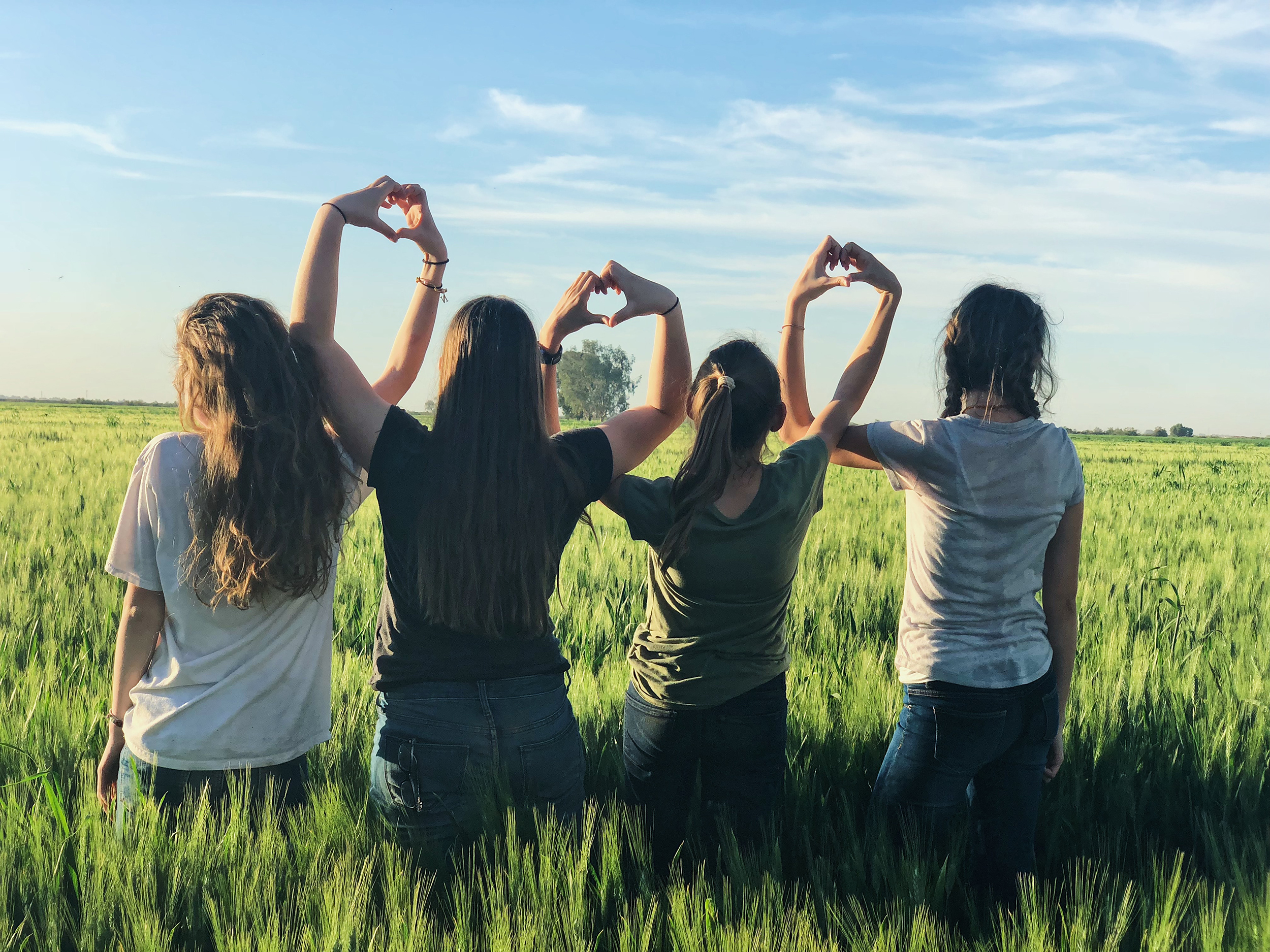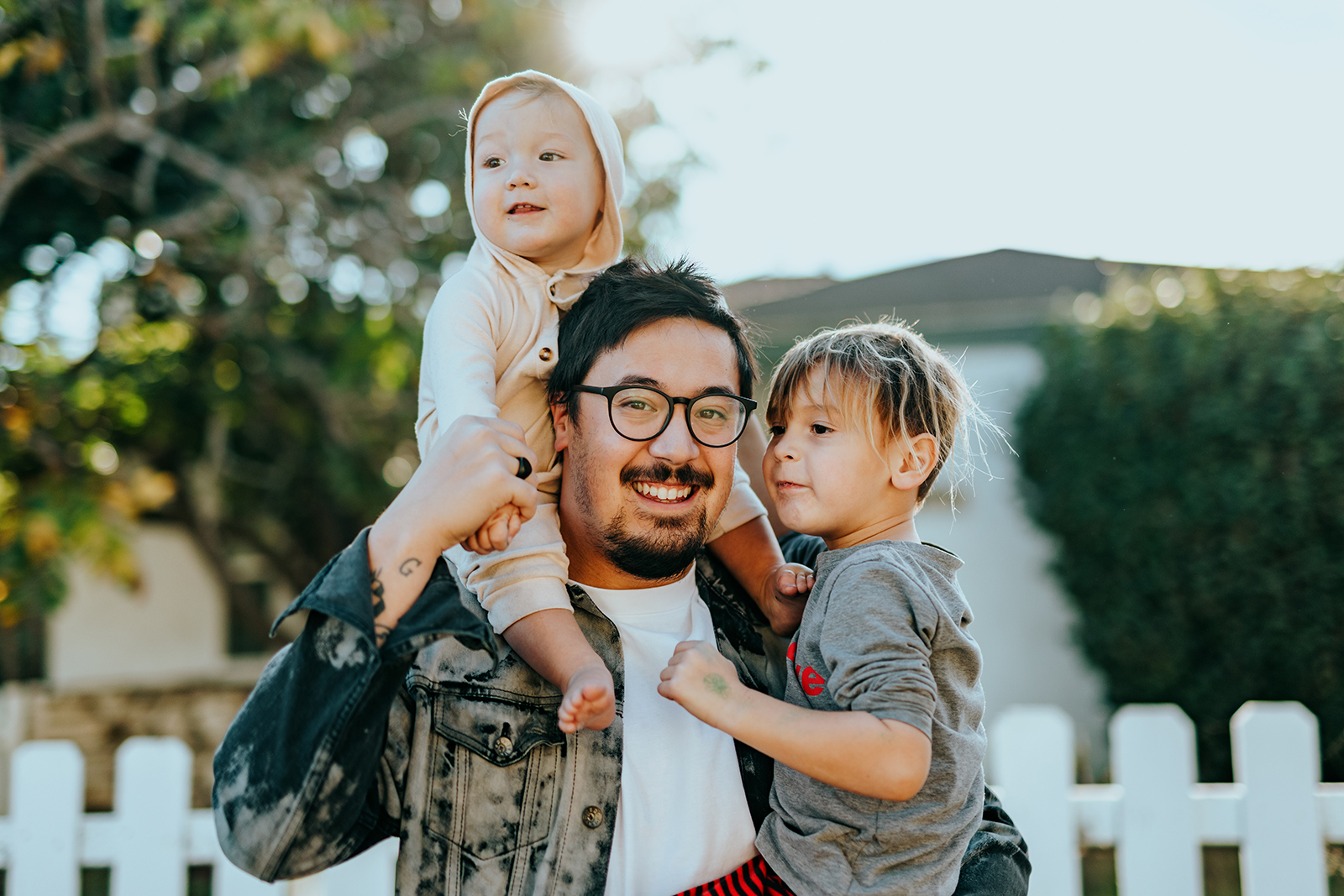
HEALTH PROMOTION FOR OUR FAMILIES
As occupational therapists we are trained to provide support to all our clients and their families, in order to increase their independence, grow their confidence and to live a happy and healthy life.
More often than not, this is first done or activated when someone is starting to experience discomfort or challenges in certain areas of their life. For our children, self-care, play, schooling and their social interactions with their peers are where areas of concern often arise. As we’ve spoken about previously, when these challenges occur, they manifest in behaviours. For our children, the way in which they behave is in fact their method of asking for help. They are in turn telling us as adults, that something internally doesn’t feel right and they require extra help. It is then our role to determine what is going on and how we can provide effective support.
But what if we could actually reduce these areas of concern and the amount of worry that comes along with them but being proactive rather than reactive?
This is an area that as occupational therapists we are so very passionate about. Through health promotion we can bring awareness, education and support to all families and communities about child development, patterns to look out for and access to support services when you have questions. This should be readily accessible to every person in each of their communities. By having access to services that offer advice and support, promoting health and wellness for both the parent/carer and their child, inadvertently increases well being and reduces the risk of mental health.
From an OT perspective; the definition of health promotion from the World Health Organisation is “the process of enabling people to increase control over and to improve their health. To reach a state of complete physical, mental, and social well-being, an individual or group must be able to identify and realise aspirations, to satisfy needs, to change or cope with the environment. Health is, therefore, seen as a resource for everyday life, not the objective of living. Health is a positive concept emphasising social and personal resources, as well as physical capacities. Therefore, health promotion is not just the responsibility of the health sector, but goes beyond health lifestyles to well-being.” (1986, para.2).
Something that we do as a company outside of providing intervention strategies and support to our clients and their families, is also providing them with a range of essential health promotion strategies to positively influence, empower and educate in order to further reduce the inequalities in our health industry. Therefore, significantly supporting positive interactions and emotional connections in our client’s support networks.
Each of our OT’s provide strategies and supports to our clients, such as:
- Teaching positive ways for your child to move their body that feels good for them, to increase control and awareness.
- Teaching them to feel safe and comfortable sharing their emotions and sitting within their feelings.
- Providing as many possible positive social interactions with other peers who are presented with similar challenges in group program settings.
- Conducting skill based training for self-care so that children can be successful on school camps or overnight trips.
- Teaching your child how to plan, organise and sequence activities or thoughts together, to help with positive inclusion in school – this makes them feel clever, smart, successful and allows them realise their worth.
- Providing strategies and support to be successful and confident in navigating their local communities.
Additionally, each of our OT’s provide strategies and supports to our clients parents/caregiver’s such as:
- Providing connections and relationships within the Explore and soar family; other families, clients or health professionals.
- Taking into account every parent’s well-being when working with their children, giving them emotional support, and interventions that are based both on the child and the parent, so as not to overwhelm and contribute to more stress.
- Running parent groups, where like minded parents are present to talk about their own situations, so that they feel heard and they are able to build connections around them without feeling isolated, increasing their support network outside of health professionals.
- Utilising parent coaching strategies to teach them how to do the interventions; positively reshaping their confidence in order to be able to manage all aspects of their lives with their children.
Within Explore and Soar, we support and provide strategies to our local communities for health promotion such as:
- Education nights at preschools for the parents and their educators. This is a regular offering as a part of our service to build awareness and health promotion for development – it’s one of the most consistent things we do.
- Work within our local schools; teacher professional development courses that support them in the classroom and the playground. This differs from early education nights, as rather than identifying areas of concern at a younger age, it’s more about working with difficulties that have already been identified and enveloping the right strategies.
- Remaining very community orientated by sponsoring and supporting sporting events or team members. We do so, so that the community knows there is a point of access, that if information or support is needed, there is a place to ask questions. We always seeking to create a presence in the community to bridge the gap and get people openly talking about behaviour, emotion or social skills.
- Promoting safe access within the community, so as to eliminate anxiety and stress.
This brings us to an exciting event happening at the end of this month in support of the Hunter Region! We are participating in the Hunter Disability Expo this May! We participate in local expos in the community to bridge the gap and bring awareness to the support that is offered.
The Hunter Disability Expo is open to anyone that would like to attend and it is on Friday 21st and Saturday 22nd May at the Newcastle Entertainment Centre.
Participants get to see all the different supports and companies within the Hunter that offer assistance to our kids, all the way through to adulthood, from allied health professionals to general support services.
On a personal note, growing up, this level of awareness, education and events to support our local communities and families simply weren’t available. This is often still the case in our regional communities. So participating in events like this to share with others within a safe space, is and will always continue to be a passion of mine.
So, if you have time and want to see us and many other local health professionals, join us at the Hunter Disability Expo and don’t be afraid to say Hi! We would love to see you there.
Until next time,
Jess
ORIGINALLY PUBLISHED MAY 5, 2021

